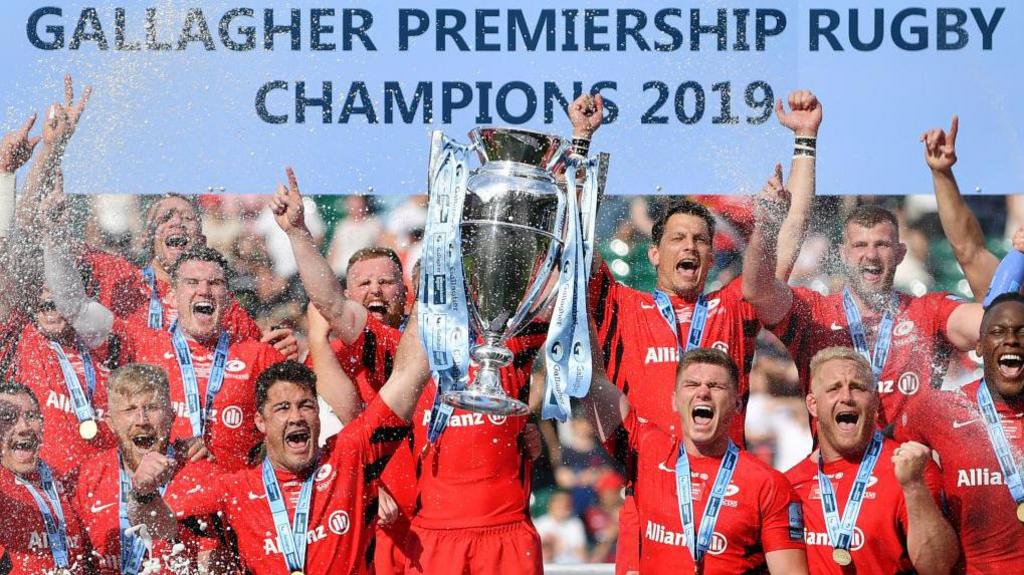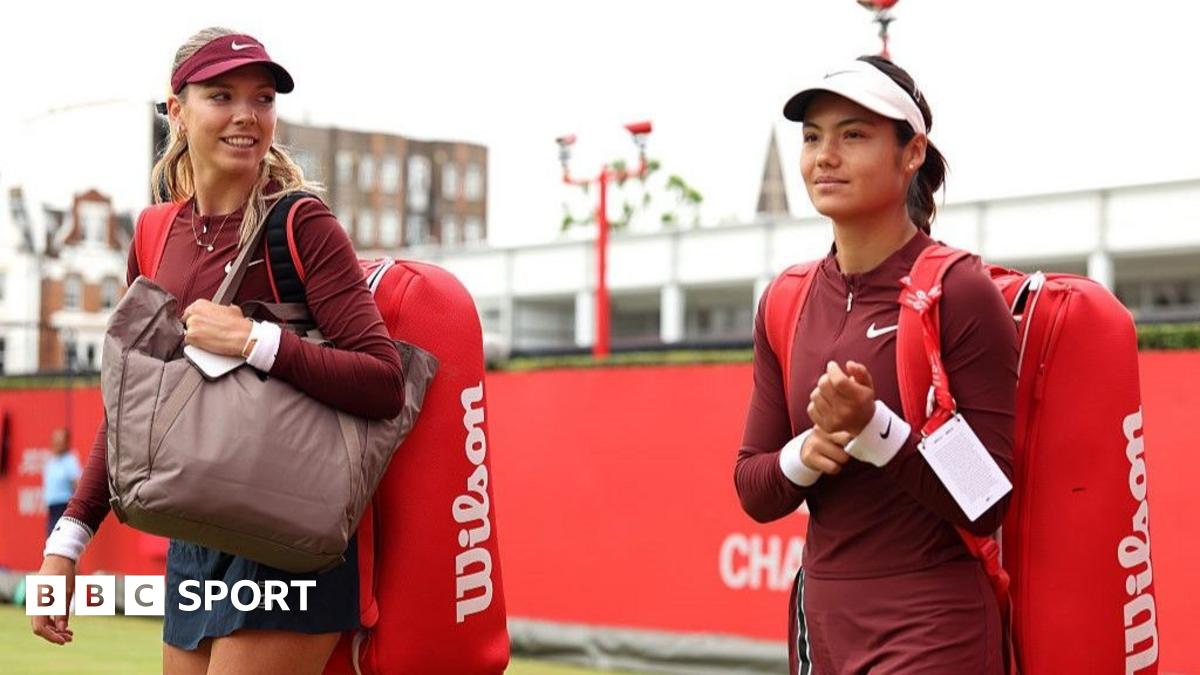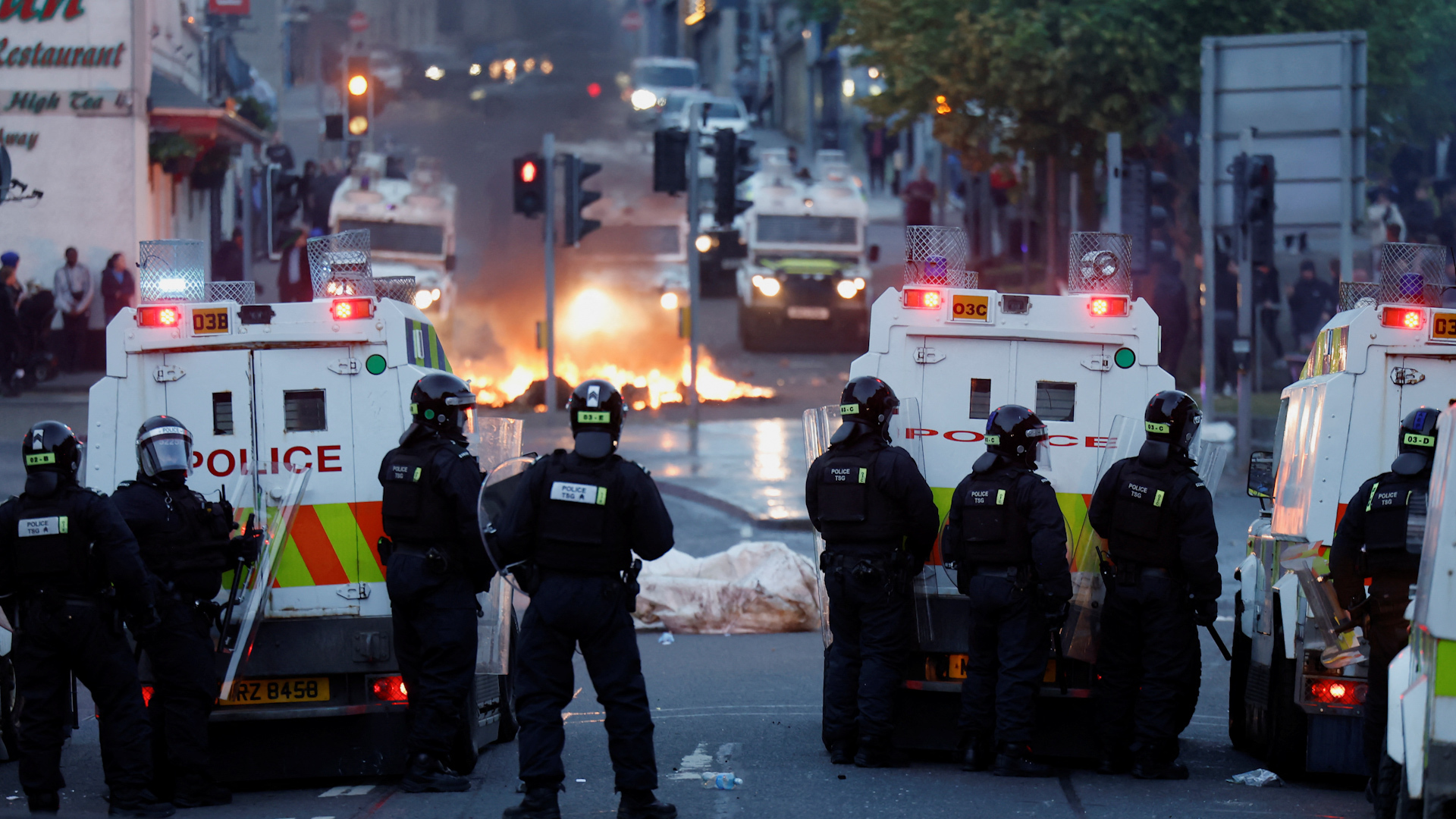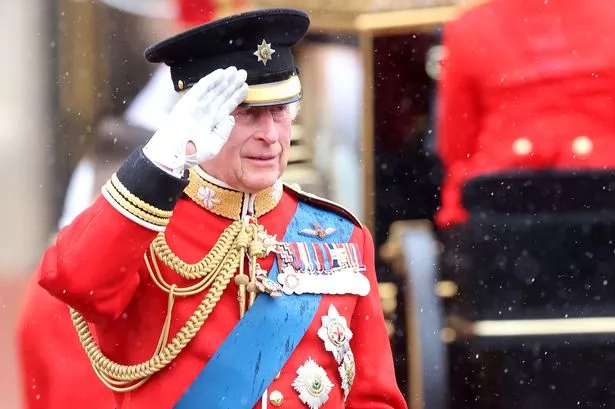Andrew Rogers has lots of pieces of technology to help him. A Batphone-style hotline isn’t one, though.
“It is not a case of having a red phone in the corner that lights up,” says Rogers, the Premiership’s salary cap director.
Instead, whistle-blowers concerned a club might have breached the £6.4m cap on players’ pay sound the alarm in more subtle ways.
“I’ve worked in rugby for nearly 20 years,” says Rogers, who set up the agent registration scheme at the Rugby Football Union (RFU) earlier in his career.
“It is a social sport and it is very valuable having a trusted network of individuals and people who will talk to you.
“It can be very informal. That is one of the joys of it – how you obtain information, how you assess it and understand the value of it, whether it’s credible.”
The Premiership has had a salary cap since 1999, with the aim of keeping the league closely fought and sustainable.
For owners with deep pockets and a yearning for success, though, it can be an irritation.
When it emerged in 2020 that Saracens’ dominance, titles and star-studded squad were underpinned by payments that breached the cap, their lawyers claimed the whole concept was unenforceable under competition law.
“There is a saying ‘never waste a crisis’, and that judgement against Saracens was a big springboard to enhance the whole system,” he says.
He now has an ocean of data to dive into.
Copies of players’ contracts, image rights deals and other employment arrangements are sent to Rogers within 14 days of being signed.
Every year, every club makes a declaration – signed off by the chief executive, director of rugby and other top officials – confirming how they reward players.
Every player also fills in an annual return detailing what they earn, their living arrangements, any companies they are involved with and information about their bank accounts.
Rogers and his team have full access to all club accounts over the past five years to audit those claims.
The numbers are then cross-checked against words.
Rogers interviews more than 40 officials and players from across the league, digging further into their finances and ferreting out any inconsistencies.
But he knows it is still not enough. His prying eye has to extend further.
“A lot of the time the stuff that’s really going on is ‘off book’,” he says.
“We can do all these brilliant things ‘on book’ and all the audits, but you know where someone is saying ‘listen, I’ll make sure you get this’, that’s more likely to be through a conversation via a WhatsApp or an email.
“That was one of the things that came out of Melbourne Storm case back in 2010 – the Australian rugby league team who had a big salary cap ‘rort’ as they call it there.
“There were lots of fake emails created to try and cover tracks.”
When they extend their investigations, Rogers and his team will harvest data from players and officials’ phones, searching for key terms that might refer to illicit, undeclared payments.
“It’s really key,” he says. “We will be looking at messages between agents, owners and players etc and it’s a very, very helpful and insightful medium.”
Sometimes Rogers doesn’t need a tip-off to spark a more in-depth probe. A club can bring suspicion on themselves.
“I look at the total value of a contract and consider whether it I would deem it market rate for that player,” says Rogers.
“We have a database of salaries and information, and I can slice and dice it depending on a players’ age, position, experience, be it international or Premiership.
“So if there’s a 25-year-old scrum-half who has played 40 games in the Premiership and has got two international caps, where does he sit with other people within that kind of range? Is there an issue there or not?”
For some clubs, there clearly isn’t. Many in the league are operating well under the cap. Last year’s champions Northampton have argued for a reduction.
Bath, runaway leaders at the top of this season’s standings and favourites to win their first English title in 29 years on Saturday, seem to be running closer to the line.
The depth and quality of their squad, which will be augmented by the signing of England wing Henry Arundell and Gloucester full-back Santiago Carreras this summer, is marked.
Steve Diamond, Newcastle’s director of rugby, said this season that they had done “magnificently”
Bristol counterpart Pat Lam estimated that Bath had spent several million pounds more on their squad than the Bears could muster.
Rogers says all 10 Premiership clubs are in communication with him to ensure they do not run the risk of beefed-up punishments that now include relegation and the removal of titles.
“There are a lot of clubs who will be in almost daily contact with me, checking things and making sure what they’re doing is right and wanting to make sure that any approach is appropriate and compliant within the regulations,” he says.
“The clubs will talk to me a lot, whether they’re way off the cap or they’re very close to it.”
Clubs can squeeze more talent under the limit by distributing pay unevenly across the course of a contract.
They might choose to backload a new deal in the knowledge that another high-earner will be off the books by the time it comes to pay up, flattening out their spending and staying the right side of the cap.
Credits for homegrown and international players also give them licence to spend more.
“Modern governance for me involves helping people work in the system,” says Rogers.
“It’s no longer the days where you set write a set of regulations, leave them on the shelf and then when low-hanging fruit happens, you dust off the book and take inappropriate action.
“This is about effective monitoring, good communication, support and education for those working within it and then constantly evolving the system to make it right for your own sport.”
On Friday he will get a chance to compare notes.
In London officials in charge of financial regulations across 20 different sports will get together to talk about how they chase cheats.
Among them will be representatives from football’s Premier League, EFL, Uefa, the Women’s Super League, Major League Soccer and La Liga, officials from the three biggest American sports leagues – American football’s NFL, basketball’s NBA, baseball’s MLB – and figures from motor racing’s Formula 1 and FIA.
“I speak to them a lot individually, but this is the first time we’re all getting together, which is really exciting,” says Rogers.
Samuel Gauthier will also be there. Rogers’ counterpart from France’s Ligue Nationale de Rugby has been busy.

Gauthier and Rogers meet at least twice a year, in Paris or London, and are close to formalising a data-sharing agreement that will help them compare contracts for a player swapping the Premiership for the Top 14 or vice-versa.
However, one question that Rogers, Gauthier or anyone at Friday’s summit can never be sure of is their hit-rate.
How much financial sleight of hand evades their detection?
“The system is now really robust,” says Rogers.
“Look at all the different information we get on a weekly and seasonal basis and the incredible set of tools we have – examining tax returns, bank statements, phones, emails and Whatsapps – if we need to go in and do a proper investigation on a club.
“All that goes a long way to reduce that risk.
“It would be foolish to say we’re pretty confident there’s nothing else going on – we’ve always got to keep an eye on things – but the system is in a strong place.”
Related topics
- Rugby Union







